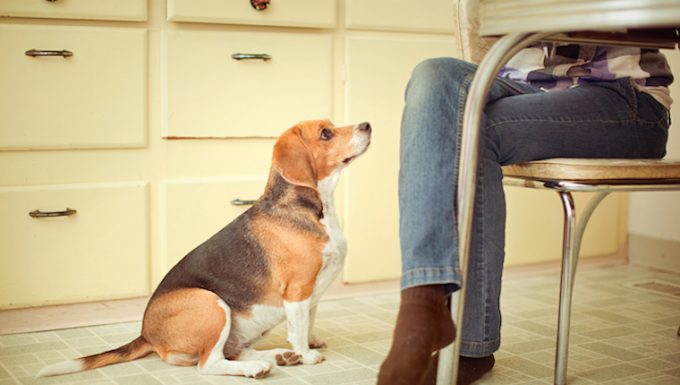High cholesterol in dogs happens when a dog has too much fat in their blood. The condition can cause obesity and neurological problems.
The condition is usually caused by an underlying condition. For example, diabetes, thyroid issues, and even pregnancy can cause it.
Technically, the condition is also known hyperlipidemia.
If you see the signs of high cholesterol…









